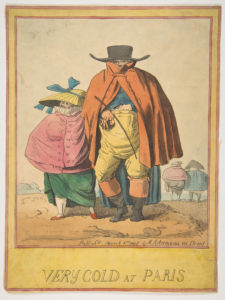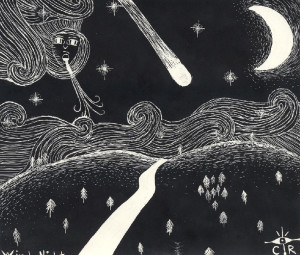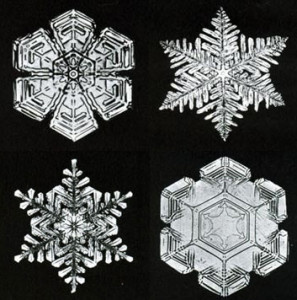Most all of these Convivio Book of Days chapters come to you from a small wooden cottage built in 1949 in Lake Worth, Florida. Lake Worth has had numerous slogans over the years, but one of the earliest was this one: Where summer spends winter. This is a town that knows summer. Even our coldest months of the year are filled with days that will remind any northerner of a beautiful summer’s day back home. It’s a tough life, I know. But we pay for it dearly each summer with heat and humidity like you wouldn’t believe. It’s not unbearable, but it does take some getting used to. A Florida summer is not for the faint of heart.
There was one summer many years ago that found a car with Alaska plates parked on North Palmway, one of the neighborhood roads. I drove by that car every day after work, and each time I did, I thought of the person who drove it here from Alaska, and I wondered how they were faring. Was it the poor soul’s first summer here? Were they drinking enough water? Were they languishing in bed each morning as the thick, almost liquid summer air poured into their lungs? Did they dream of moose and white pine?
Yesterday, as I began writing this, it was a hot one. It is mid May and summer is gaining its foothold here in this strange green land. And yet we come now to a few days devoted to a group of saints who are known as the Ice Saints, or in German (for this is a legend of Northern Europe) as die Eisheiligen. They are Saints Mamertus, Pancras, Servatius, Boniface, and Sophia, their ringleader. Their feast days begin about now: on May 11th for St. Mamertus, and they continue on this week, each saint to his or her day, through to St. Sophia on the 15th. She is known in Germany as Kalte Sophie: Cold Sophie. In Central Europe, particularly Slovenia, you might hear her called Poscana Zofka… Pissing Sophie, for there, she is associated with rain. The days of Cold Sophie and the Ice Saints are traditional weather markers, and it is a fool indeed who would plant crops before Cold Sophie had time enough to wend her way through the land. She represents winter’s last hurrah, and even if it’s been warm and summery, tradition warns of a blast of cold air from the North at this time of May.
And there seems to be some truth to this. It may have been a hot one here in Lake Worth yesterday (and probably will be today), but we have just come out of a spell of amazingly beautiful weather. It rained cats and dogs last Thursday, and on Friday, we awoke to an azure sky, not a cloud to be seen, with temperatures in that absolutely perfect range where the sun is warm but the air is cool and dry. It was downright chilly at night. This lasted for days, up until just the day before yesterday. It was, I’d say, an early brush with Cold Sophie and the Ice Saints. It’s not very likely they’ll be back, not until our Lake Worth summer has played out. But it was lovely while it lasted.
Image: “Very Cold at Paris,” a hand-colored etching by an anonymous engraver, published by R. Ackermann, March 1, 1806. [Public domain] via Wikimedia Commons.


